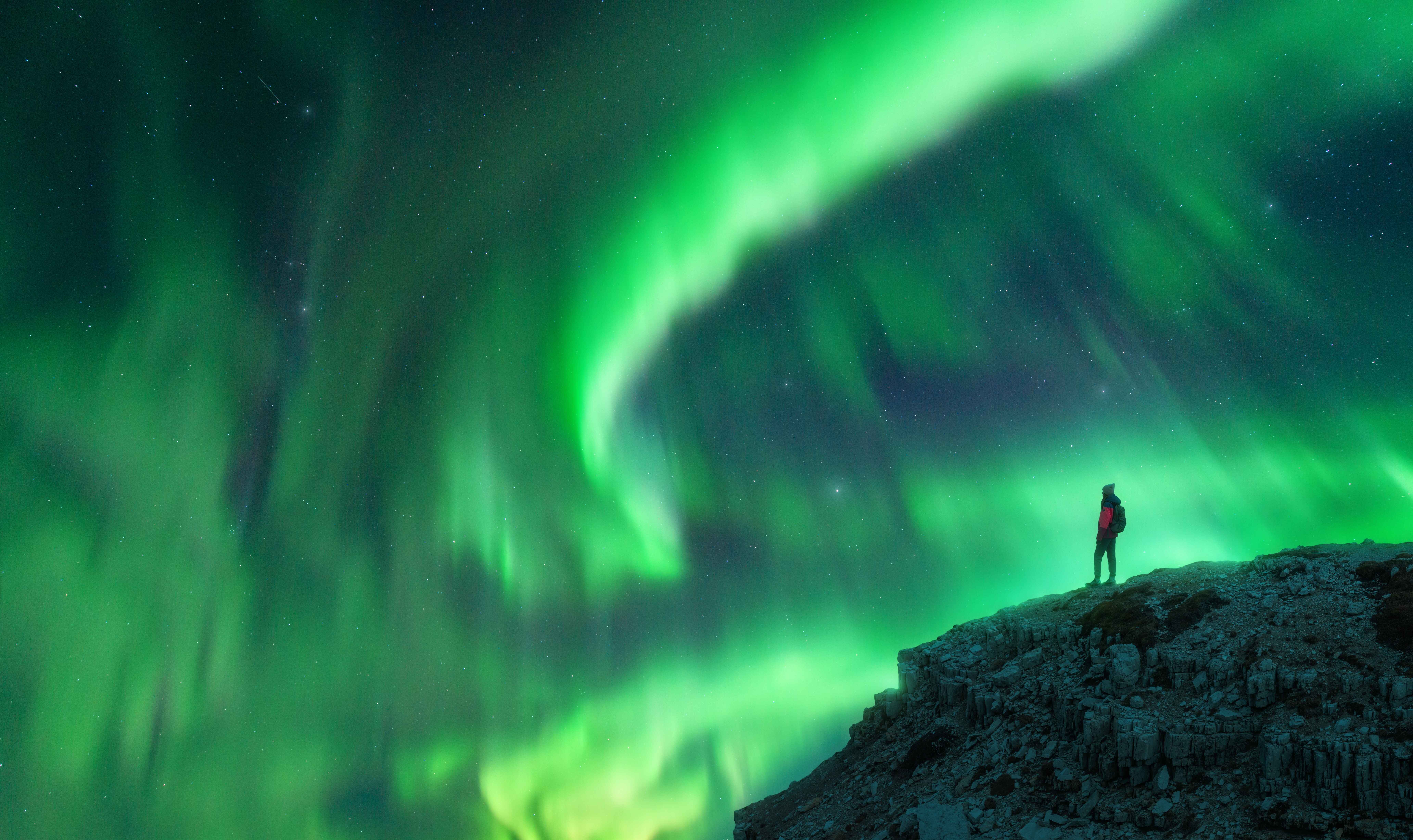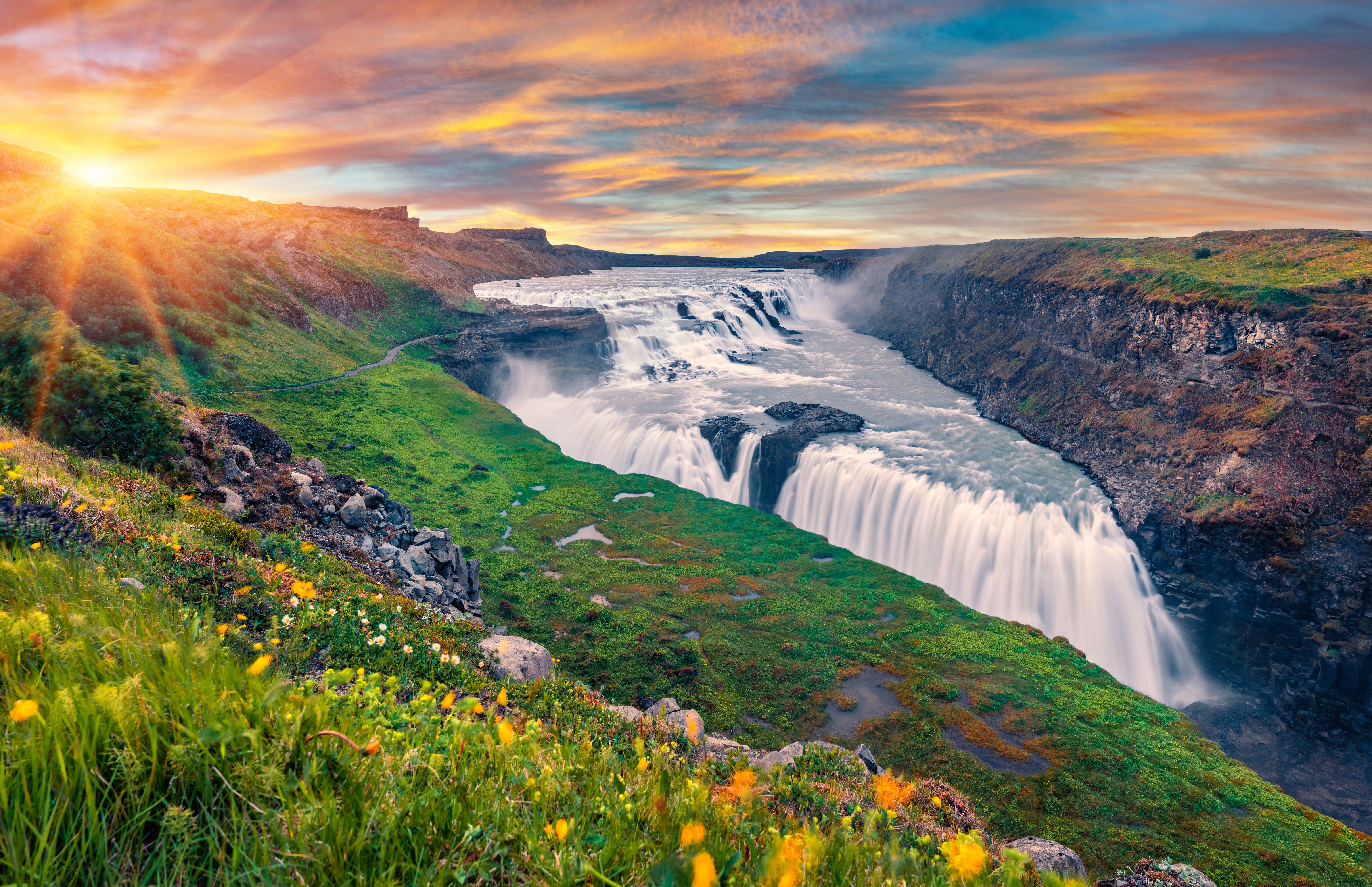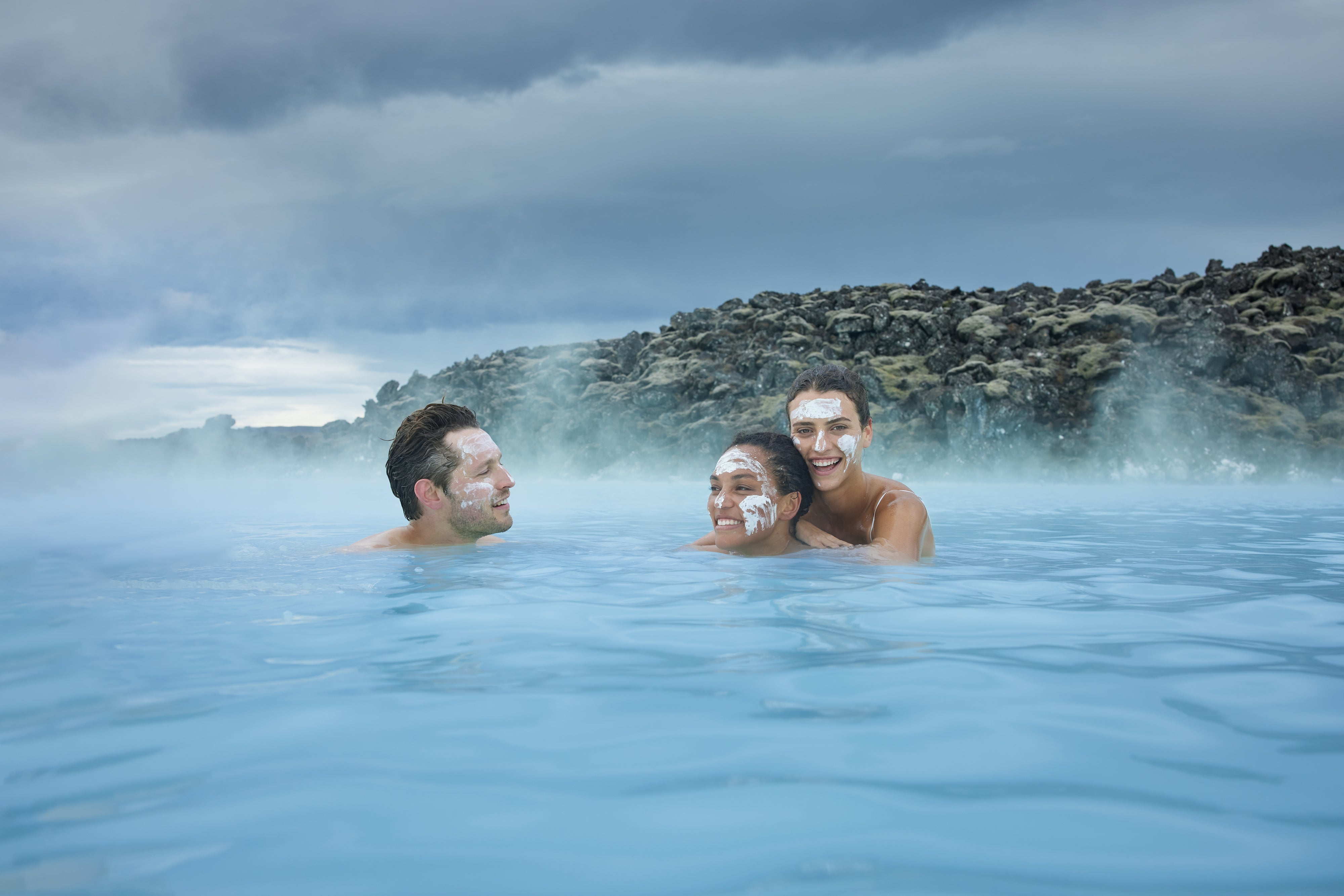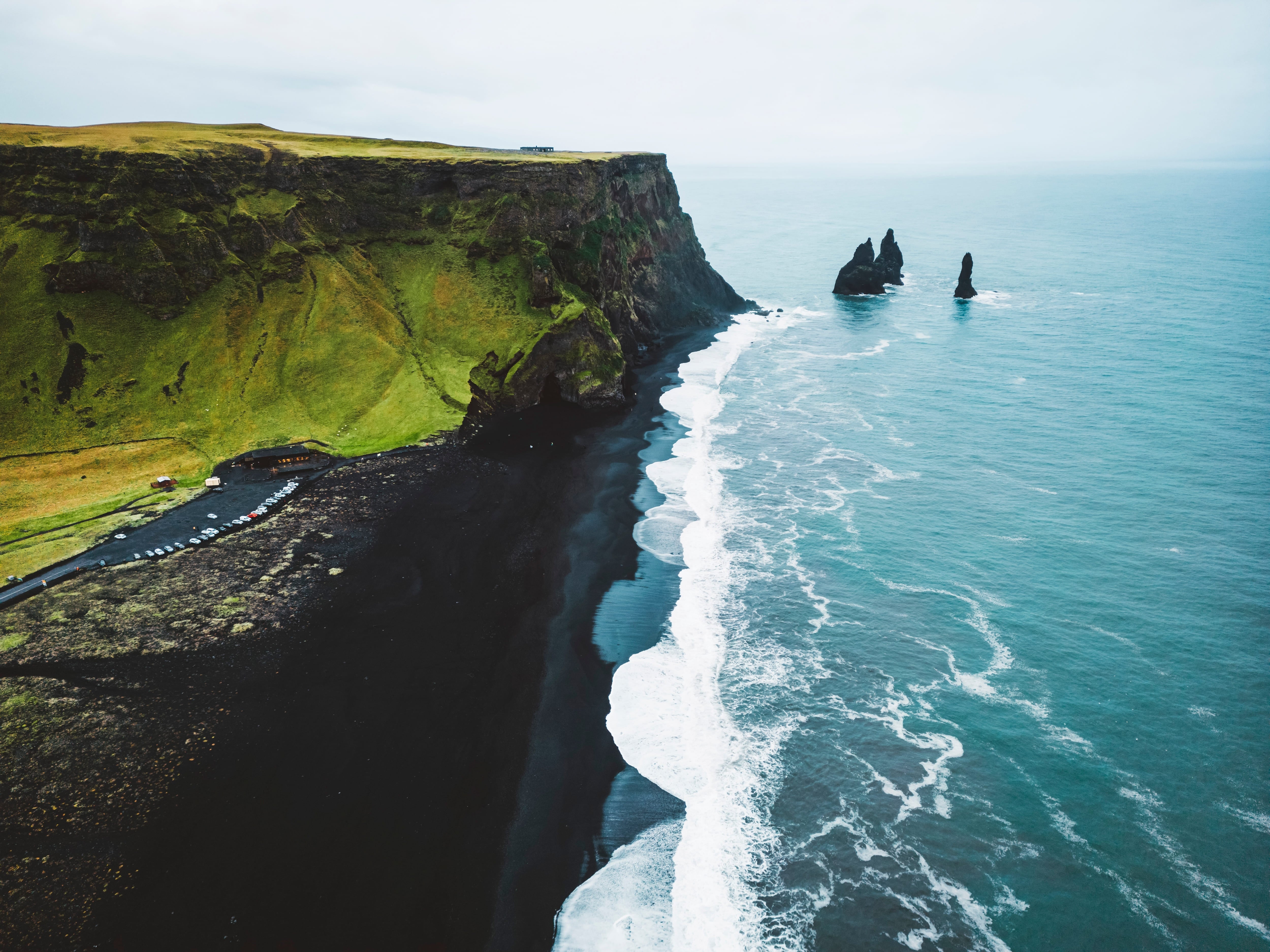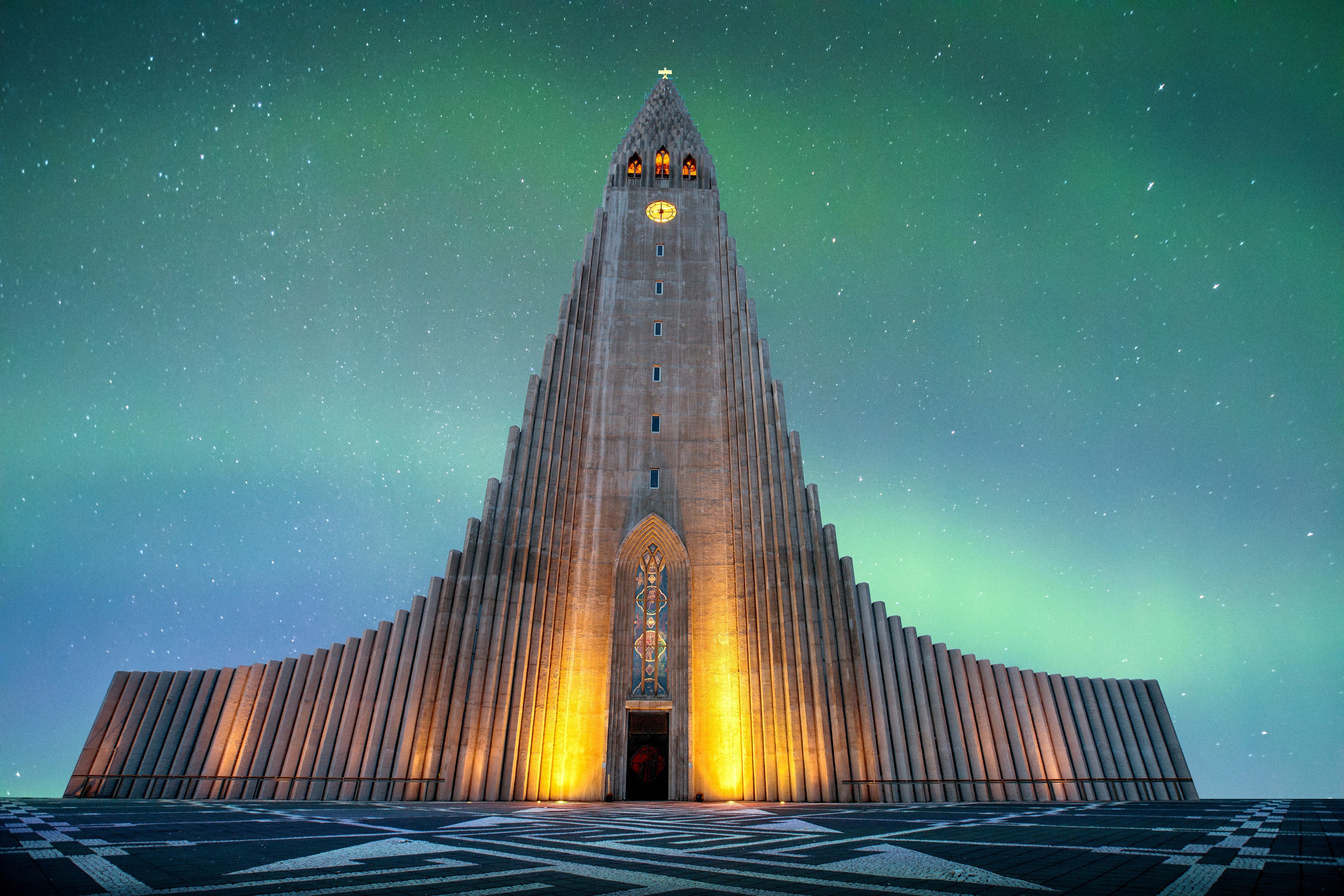
Gerðuberg is a row of perfectly shaped hexagonal basalt columns that run along a cliff on the southern side of the Snӕfellsnes Peninsula, in west Iceland.
Visit this site on a tour of Snaefellsnes Peninsula.
저희의 콘텐츠를 신뢰할 수 있는 이유
가이드투아이슬란드는 아이슬란드에서 가장 믿을 수 있는 여행 플랫폼으로, 매년 수백만 명의 여행객이 저희와 함께 아이슬란드를 방문합니다. 저희의 모든 콘텐츠는 아이슬란드를 누구보다 잘 아는 현지 전문가들이 작성하고 검토하므로, 정확하고 신뢰할 수 있는 최신 여행 정보만 제공합니다.
Photo above from Wikimedia, Creative Commons, by Geri340. No edits made.
Geology of Gerðuberg
The cliff on which the Gerðuberg columns reside is over a kilometre long, with columns between seven and 14 metres (23 to 46 feet) tall and up to one and half metres (five feet) wide. Many have compared the feature to a fortress wall.
The most unusual thing about Gerðuberg is how the columns are so geometrically symmetrical that they seem to be carved by hand. Such features are rare around Iceland and the rest of the world, but easily explained by science.
During an eruption thousands of years ago, rivers of lava ran off the cliffs here, in very equal flows. The sea rapidly cooled them, causing them to take this unique and unusual shape.
Other places in Iceland that they can be found include Hofsós, in north Iceland, and from the river Hvíta on a rafting tour.
The Snӕfellsnes Peninsula is defined by a long range of volcanoes, with the Snӕfellsjökull glacier volcano being the most renowned. Lava flows like those that cause Gerðuberg have not occurred in the area for hundreds of years.
Getting to Gerðuberg
Gerðberg is usually the first major site visitors to the Snӕfellsnes Peninsula see as they as they approach it from Reykjavík, and travel along its southern side (excluding the Eldborg crater, which is a little inland). The cliffs with these strange columns runs adjacent to the road and sea, making them impossible to avoid.
While a marvellous feature to see, they are just one of many on the peninsula. Travelling clockwise from Gerðuberg, guests will get to marvel over the Ytri Tunga seal-watching beach; Rauðsfeldja gorge; the Lóndrangar sea-stacks; Snӕfellsjökull National Park; and Mount Kirkjufell, to say nothing of the many fishing villages, swimming pools and cultural sites along the way.



